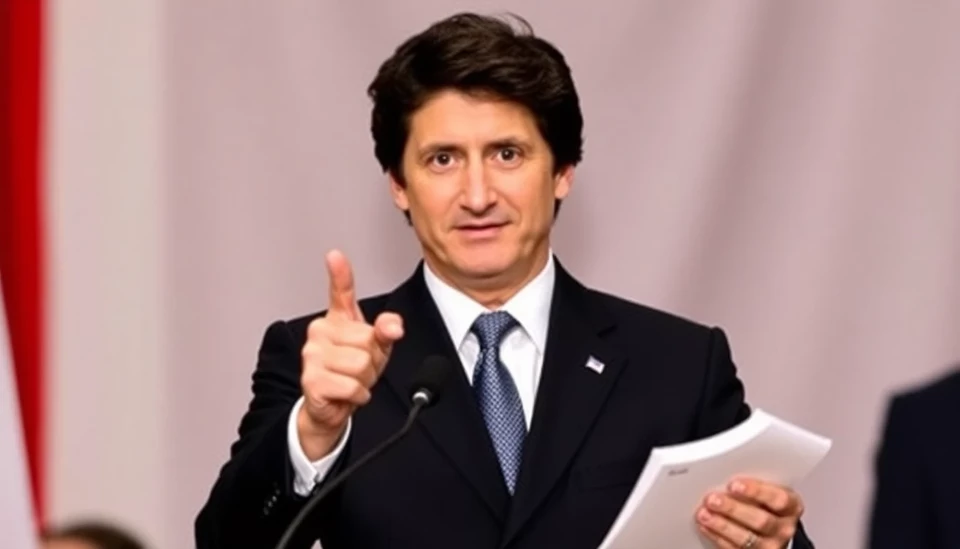
In a significant policy reversal, Prime Minister Justin Trudeau has announced a reduction in Canada's immigration targets for 2024, a decision that has raised eyebrows across the political spectrum and among advocates for increased immigration. Previously, Canada had positioned itself as a beacon for immigrants, aiming to welcome over 500,000 newcomers annually. However, this new approach signals a shift in priorities amidst emerging domestic challenges.
The proposed target for 2024 has been lowered to 485,000 newcomers, which marks a stark contrast to previous years’ ambitious goals. This decision forms part of a broader immigration plan that includes an increase in permanent resident admissions. The federal government emphasizes that this adjustment is not merely a regressive step but a tactical response to the immediate socio-economic pressures faced by Canadian society, particularly in light of labor market dynamics and housing shortages.
Trudeau's administration argues that the reductions are necessary to ensure the successful integration of immigrants in an economy that has been grappling with workforce shortages and a burgeoning cost of living crisis. Critics, however, express concern that this move could undermine the country’s long-term demographic growth and its reputation as a welcoming destination for global talent. The ramifications of this policy shift could be profound, especially for sectors that heavily rely on immigrant labor, such as technology, healthcare, and agriculture.
The Liberal government has defended the cuts as a strategic approach to recalibrating the immigration system. According to government officials, these measures aim to provide a more sustainable framework that allows for better integration of newcomers into the labor market and society at large. The federal Immigration Minister has highlighted ongoing issues related to housing affordability, claiming that an influx of immigrants could exacerbate these challenges if not carefully managed.
This development comes against a backdrop of increasing political pressure domestically. In the wake of rising public discontent regarding high living costs and housing dilemmas, Trudeau is attempting to assuage concerns while still recognizing the economic benefits that immigrants bring to Canada. The government contends that Canada remains committed to welcoming newcomers but must also respond adequately to the immediate needs of its existing population.
Opposition parties have jumped on the announcement to challenge the government’s commitment to immigration. Critics have argued that reducing immigration numbers contradicts Canada’s historical identity as a multicultural nation that thrives on diversity. There are fears that this shift may lead to a downturn in international students and skilled workers seeking opportunities in Canada, potentially jeopardizing future economic growth.
Moreover, as Canada navigates through international relations and geopolitical shifts, the implications of reduced immigration might resonate beyond its borders. Policymakers and analysts await the broader consequences of this change, particularly in comparison to other countries that continue to promote aggressive immigration strategies.
In conclusion, Trudeau’s decision to cut immigration targets reflects a nuanced response to pressing societal issues within Canada. It opens a conversation about balancing growth and sustainability in immigration policies in the face of multiple challenges. As the government prepares to implement these changes, the implications will surely shape Canada’s demographic and economic landscape for years to come.
#CanadaImmigration #Trudeau #ImmigrationPolicy #HousingCrisis #Workforce #Newcomers #EconomicGrowth
Author: Daniel Foster

